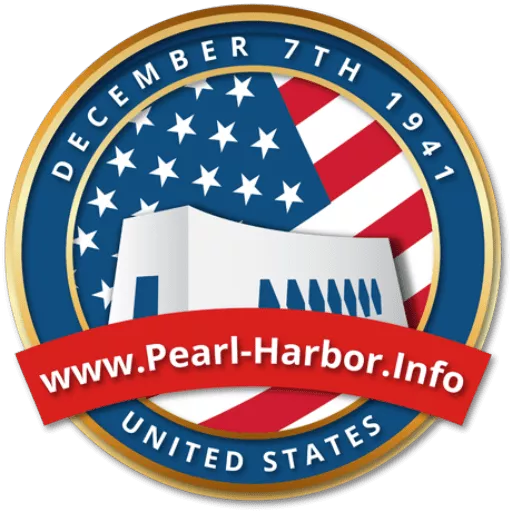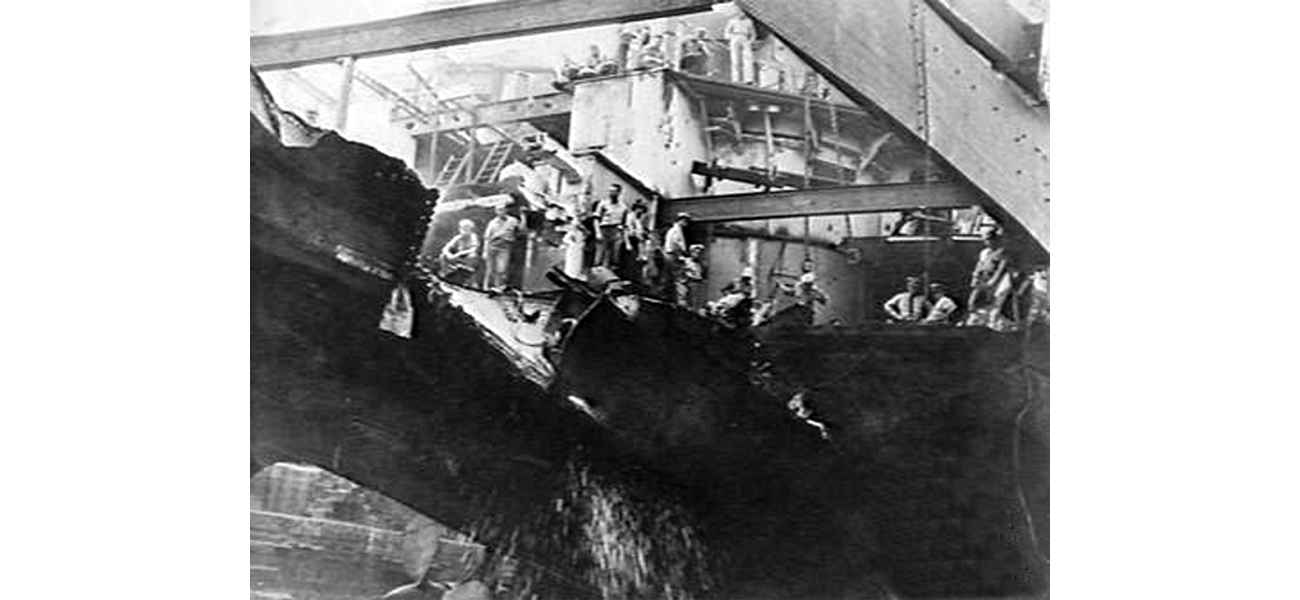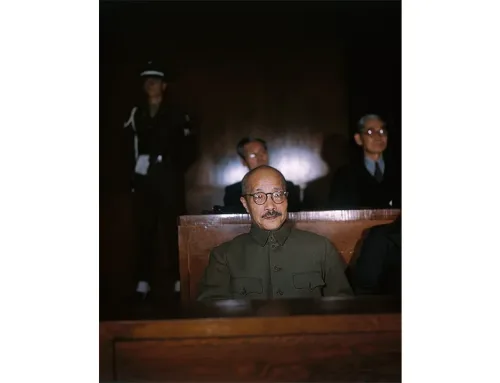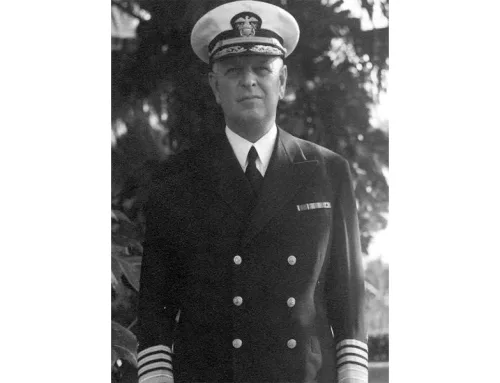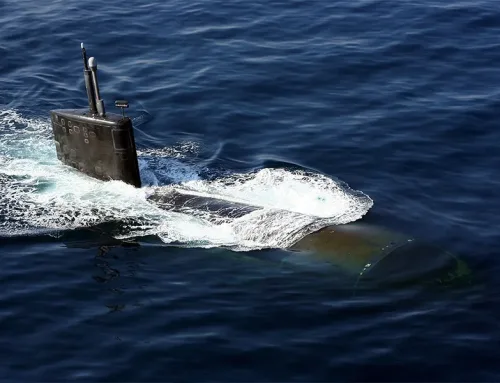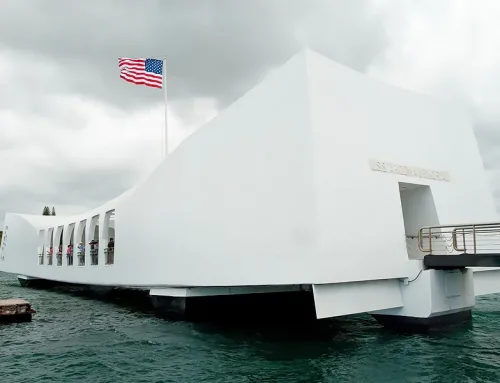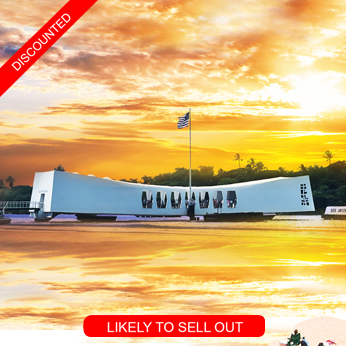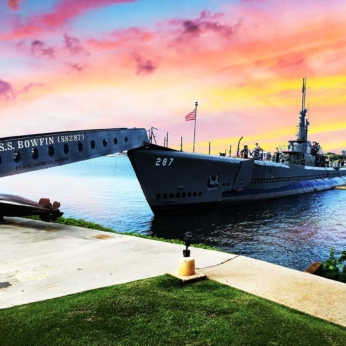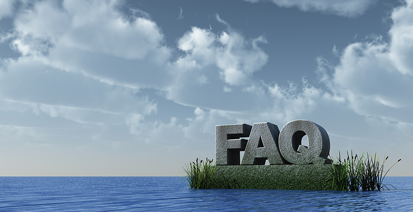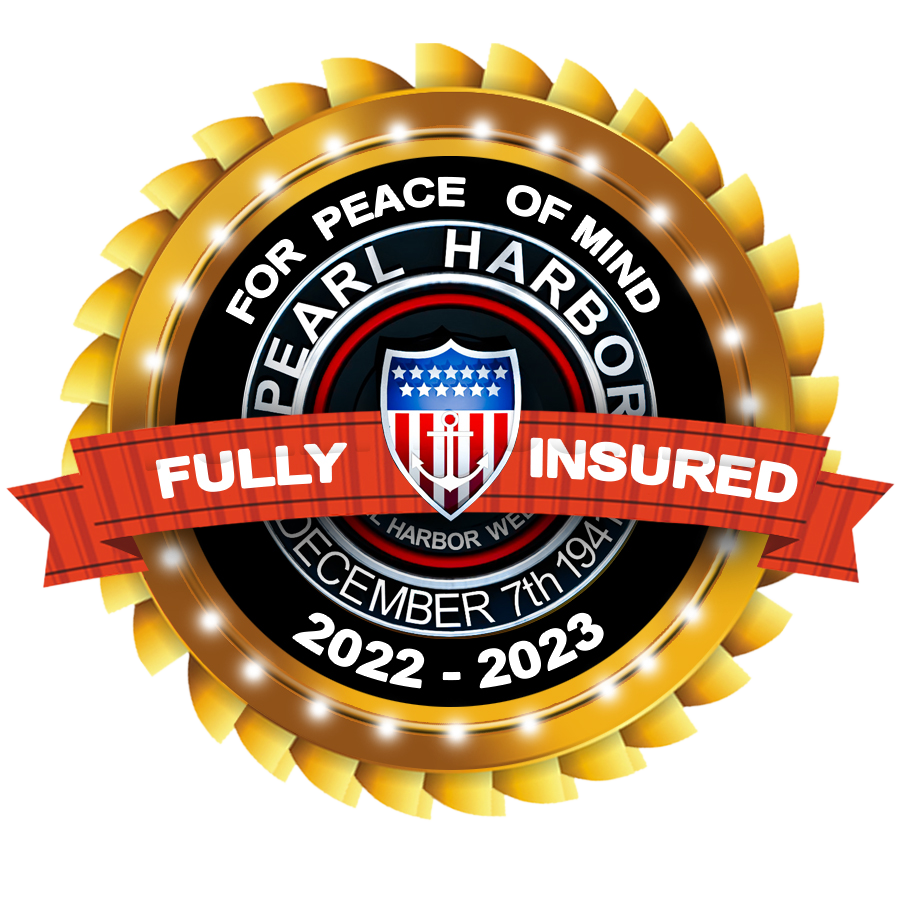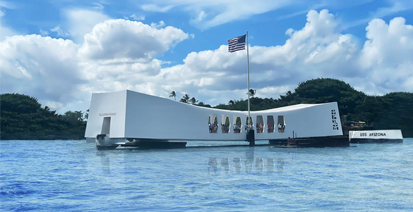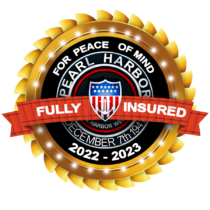The Recovery – Rebuilding Pearl Harbor
Australian armed forces, Public domain, via Wikimedia Commons
On December 7, 1941, Pearl Harbor was thrust into the annals of history as one of the most significant and devastating attacks on American soil. The surprise military strike by the Japanese Navy not only marked the United States’ entry into World War II but also set the stage for an extensive and determined recovery effort. The tranquil morning of December 7, 1941, was shattered by the roar of Japanese aircraft. Over 350 planes descended on Pearl Harbor, wreaking havoc on the Pacific Fleet. Battleships were sunk, planes destroyed, and over 2,400 Americans lost their lives. The attack left the naval base in ruins, necessitating immediate and decisive action.
In the chaos that followed, rescue operations were launched to save as many lives as possible. The scale of destruction was immense, with numerous ships capsized or heavily damaged and the harbor littered with debris. The immediate priority was to stabilize the situation and prepare for potential follow-up attacks. Firefighters and rescue teams worked tirelessly to control fires and rescue those trapped in the wreckage.
High-ranking officials, including President Franklin D. Roosevelt and Admiral Chester W. Nimitz, played pivotal roles in the recovery efforts. Their leadership and directives were instrumental in mobilizing resources and manpower for the reconstruction.
The government issued numerous policies to facilitate the rebuilding process. These included prioritizing resources for naval repairs, streamlining construction efforts, and ensuring the
Here’s a closer look at the recovery effort for some of the key ships involved:
USS Arizona (BB-39) & USS Oklahoma (BB-71): The most iconic image of Pearl Harbor, the Arizona, suffered a catastrophic explosion that ignited its forward ammunition magazines. The devastation was irreparable. The Navy opted to entomb the ship as a memorial, a permanent resting place for the 1,177 sailors who perished onboard. Today, the USS Arizona Memorial stands as a solemn reminder of the attack. USS Oklahoma was also beyond repair.
USS West Virginia (BB-48): The West Virginia sustained significant damage from torpedoes and bombs, settling onto the harbor floor. Unlike the Oklahoma, the West Virginia’s hull remained mostly upright. A remarkable feat of engineering involved building a massive platform, the ” USS Mervine,” underneath the West Virginia. This platform allowed the battleship to be refloated and towed to the mainland United States for repairs. West Virginia returned to active duty in 1944, participating in the Battle of Leyte Gulf, a pivotal engagement in the Pacific War.
USS California (BB-44): California, moored alongside the West Virginia, took multiple torpedo and bomb hits, listing heavily but not sinking. Salvage crews patched holes and pumped out water, eventually refloating the ship. After repairs on the West Coast, California rejoined the fleet in 1944, playing a part in the liberation of the Philippines.
USS Maryland (BB-46): Maryland, nestled between the USS West Virginia and California, absorbed bomb and torpedo damage but remained afloat. Divers sealed breaches, and after temporary repairs, the Maryland sailed to the mainland U.S. for a more extensive overhaul. Back in action by 1942, Maryland participated in key battles throughout the Pacific War, including the invasion of Iwo Jima.
USS Tennessee (BB-43): Tennessee, moored outboard of the California, received two torpedo hits but avoided catastrophic damage. After patching holes and pumping out water, the Tennessee was refloated and eventually sailed to the mainland U.S. for repairs. Returning to service in 1943, Tennessee played a vital role in the campaigns for the Gilbert and Marshall Islands, eventually bombarding the Japanese mainland in 1945.
USS Nevada (BB-36): Nevada, the outermost battleship on Battleship Row, managed to get underway despite sustaining torpedo and bomb damage. However, the stricken ship ran aground to avoid sinking in deeper water. After patching holes and extinguishing fires, Nevada was refloated and eventually sailed to the mainland U.S. for repairs. Back in action by 1942, Nevada participated in the D-Day invasion, providing crucial fire support for the landing forces on Omaha Beach.
USS Pennsylvania (BB-38): Pennsylvania, moored outboard of the Tennessee, received bomb damage but remained afloat. Salvage crews quickly patched holes and pumped out water, allowing the Pennsylvania to sail to the mainland U.S. for repairs. Back in service by 1942, Pennsylvania participated in numerous Pacific battles, including the invasion of the Gilbert and Marshall Islands.
USS Honolulu (CL-48): The Honolulu, a light cruiser moored near Battleship Row, sustained torpedo and bomb damage. However, the crew managed to beach the ship to prevent sinking. Salvage operations focused on patching holes, dewatering, and making the Honolulu seaworthy again. Repaired on the West Coast, Honolulu returned to service in 1942, participating in the Battle of Guadalcanal, a turning point in the Pacific War.
USS Helena (CL-50): Helena, another light cruiser near Battleship Row, took a torpedo hit but remained afloat. After temporary repairs, Helena sailed to the mainland U.S. for a more extensive overhaul. Back in service in 1942, Helena participated in numerous Pacific battles, earning the nickname “The Gallant Helen” for her aggressive tactics.
The recovery and rebuilding of Pearl Harbor stand as a testament to the resilience and determination of the American people. Through coordinated efforts, innovative solutions, and unwavering spirit, Pearl Harbor was transformed from a site of devastation to a symbol of strength and recovery. The legacy of Pearl Harbor continues to inspire and educate, reminding us of the importance of preparedness, unity, and perseverance.
Most Popular Oahu Tours
Best Pearl Harbor Tours

The following tours are recognized as the most popular Pearl Harbor Tours on Oahu. While generally, our price is the lowest in the market now, for a limited time, they are on sale too. Please be advised that Pearl Harbor tickets and USS Arizona Memorial tickets are included in all of our Arizona Memorial Tours, Pearl Harbor small group tours, and private Pearl Harbor tours.
